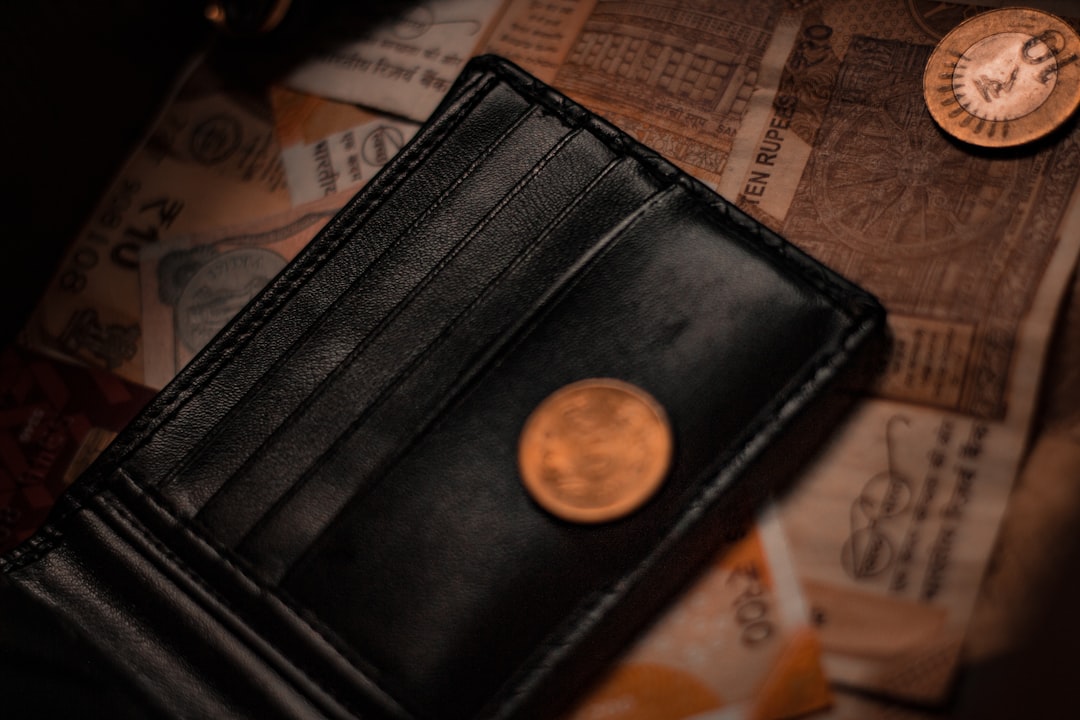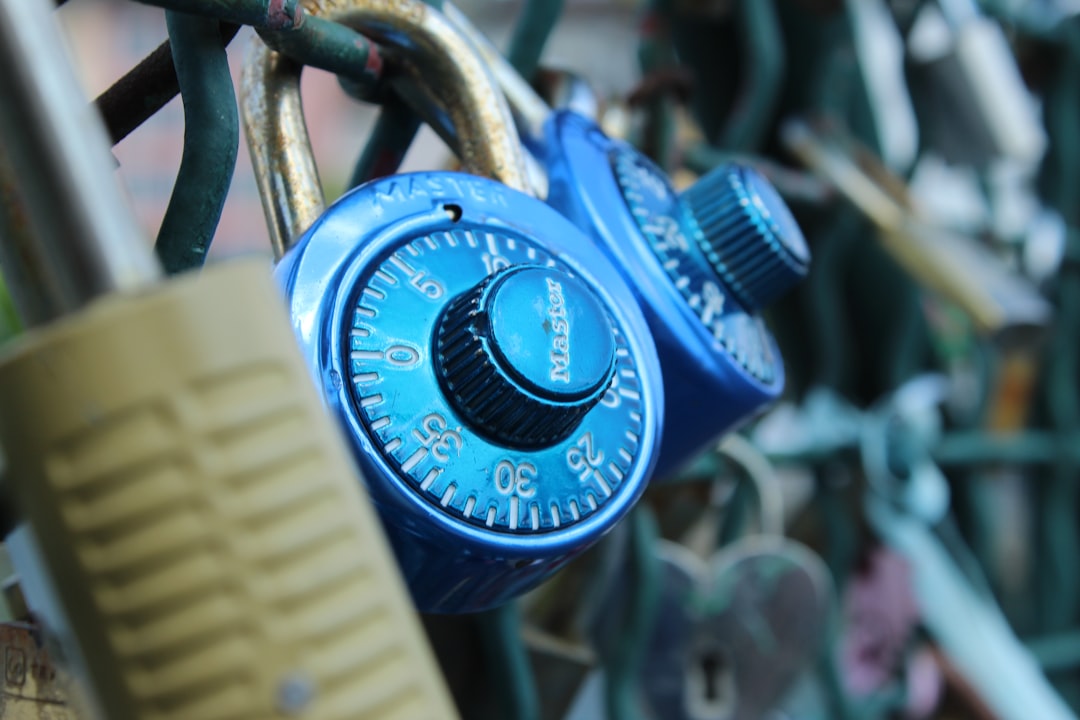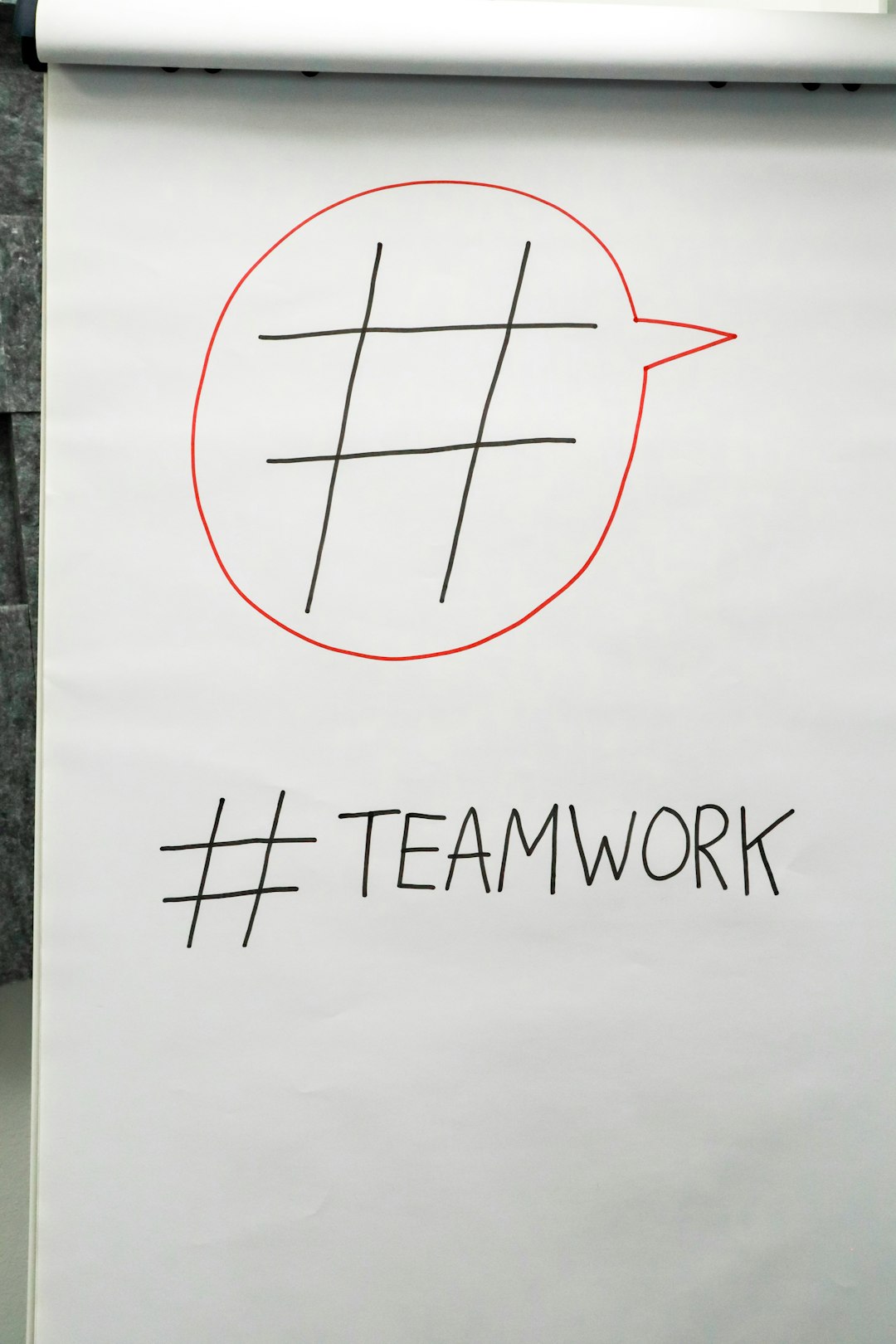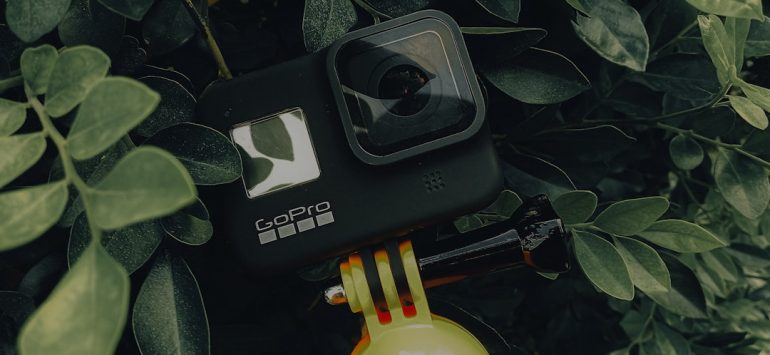Common Mistakes to Avoid During Crypto Wallet Setup and How to Fix Them
Setting up a cryptocurrency wallet is one of the most critical steps when entering the world of digital assets. While the process might seem straightforward, many users—both novice and experienced—make avoidable mistakes that could result in loss of funds or reduced security. Taking the time to understand these common pitfalls can protect your investments and ensure a smooth experience with crypto wallet usage.
This article outlines the most common mistakes people encounter during wallet setup, along with practical solutions to help you stay safe and in control of your digital assets.
1. Not Backing Up the Recovery Phrase Properly
Table of Contents
One of the foundational components of any crypto wallet is the recovery phrase, also known as a seed phrase. This phrase, typically composed of 12 or 24 random words, is your gateway to recovering your wallet in case of loss, theft, or device failure.
Common mistake: Writing the phrase on a piece of paper and storing it carelessly, or worse, taking a screenshot or storing it digitally on a computer or cloud service — which are vulnerable to hacks.
How to fix it:
- Write your recovery phrase down on paper and store it in a secure and private location, such as a fireproof safe.
- Never store your seed phrase digitally, even in password-protected files.
- Consider using a specialized metal backup tool to protect against fire and water damage.

2. Choosing the Wrong Type of Wallet
There are several types of wallets available, each with its strengths and weaknesses. Selecting an inappropriate wallet type for your needs can compromise security or usability.
Common mistake: Using a hot wallet (connected to the Internet) for storing large amounts of crypto assets instead of a more secure cold wallet (offline).
How to fix it:
- Use hardware wallets or cold storage for long-term storage and large holdings.
- Reserve hot wallets (mobile or browser-based) for smaller amounts and day-to-day transactions.
- Evaluate your needs—whether you’re trading actively or holding for the long term—and choose accordingly.
3. Falling for Phishing or Fake Wallet Apps
The crypto space is rife with bad actors creating fake wallet apps or phishing websites that mimic legitimate services. Falling into such traps can result in your funds being stolen the moment you set up the wallet.
Common mistake: Downloading wallet apps from unofficial sources or clicking on a misleading ad or link that takes you to a counterfeit site.
How to fix it:
- Always download wallet apps from official sources such as the wallet provider’s official website or verified app stores.
- Double-check URLs and avoid clicking on links from unsolicited emails or messages.
- Enable anti-phishing features if your wallet supports them.

4. Skipping the Security Features
Many users, in a rush to start using their wallet, ignore critical security features that could shield them from unauthorized access and theft.
Common mistake: Failing to enable two-factor authentication (2FA), PINs, biometrics, and secure passwords during wallet setup.
How to fix it:
- Ensure you set a strong, unique password for your wallet.
- Enable 2FA if the wallet supports it—preferably through an authenticator app rather than SMS.
- Use biometric verification (fingerprint or facial recognition) on mobile wallets if available.
- Regularly check for firmware updates on hardware wallets and keep your software updated with the latest security patches.
5. Misunderstanding Network Fees and Blockchain Compatibility
New users often overlook the importance of selecting the correct network while sending or storing tokens. Cryptocurrency tokens reside on specific blockchains or layers, and sending tokens through an incompatible network may lead to irreversible loss.
Common mistake: Sending ETH or ERC-20 tokens to a Binance Smart Chain (BSC) address without proper bridging, or selecting the wrong network on a wallet or exchange.
How to fix it:
- Understand what blockchain your token belongs to (Ethereum, Solana, Binance Smart Chain, etc.).
- When transferring assets, ensure both the sender and receiver platforms support the selected network.
- If you’re unsure, test with a small transaction first to confirm compatibility.
- Use official bridge solutions if you need to move tokens across chains.
6. Ignoring Software Updates
Using outdated wallet software introduces vulnerabilities that hackers exploit. Wallet developers frequently release updates to patch security flaws and add new functionalities.
Common mistake: Ignoring notification prompts to update the wallet or firmware, especially on hardware wallets.
How to fix it:
- Regularly check the official website or app store listing for your wallet to download the latest updates.
- Always back up your recovery phrase before performing any firmware or software update, as a precaution.
- Set calendar reminders or enable automatic updates if the wallet supports it.
7. Inadequate Testing Before Large Transfers
Immediately making large transactions without testing the address or network has led countless users to lose funds due to typos or configuration errors.
Common mistake: Copying and pasting a wallet address and immediately moving large amounts of cryptocurrency without validation.
How to fix it:
- Always perform a small test transaction to ensure the address and network are correct.
- Use an address book feature if available in your wallet to store frequently used and verified addresses.
- Double-check that the pasted address matches the intended recipient before hitting send.

Conclusion
Setting up a crypto wallet may seem simple, but it demands diligence and informed decision-making. The irreversible nature of blockchain transactions and the increasing number of digital threats make security and accuracy critical from the moment of setup.
To summarize, the key points include:
- Secure your recovery phrase offline.
- Choose the right type of wallet for your needs.
- Download wallet apps only from trusted sources.
- Activate all available security features.
- Ensure blockchain and network compatibility when handling assets.
- Keep software and firmware updated.
- Test transactions before sending large amounts.
By avoiding these common mistakes and implementing the suggested fixes, you’ll significantly reduce your risk exposure and increase your confidence in managing digital assets securely.






